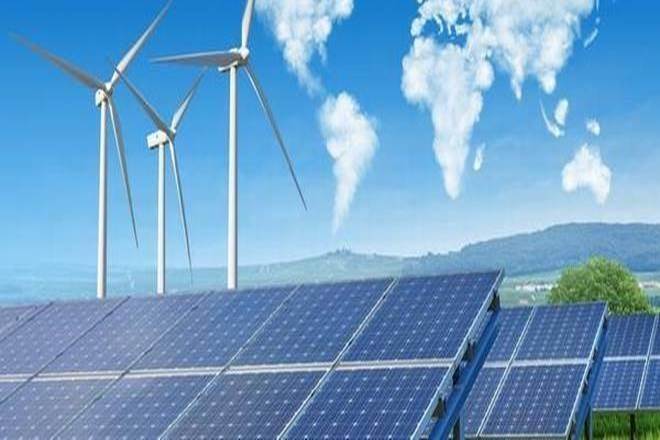The success of the country’s first round-the-clock (RTC) renewable energy project — which went under the hammer recently — depends on the project developer choosing the right mix of generation sources and minimising the usage of storage batteries, which are currently prohibitively expensive, sector experts say. Through this 400 mega-watt (MW) contract, the developer can supply power from any renewable energy- based plant, wind or solar, and address the central issue of unreliability associated with green energy.
While standard renewable projects supply power at 25-30% of the plant load factor, this contract will supply at 80% annual capacity utilisation, implying that the amount of electricity supplied in a year would be more than double the volume supplied by normal renewable power plants of comparable capacity.
“We have to combine (renewable power) plants and all other facets together and decide if we want to use any storage mechanism or not for this project to meet the tender requirement,” Sumant Sinha, managing director of ReNew Power, told FE. “And doing that at the lowest cost is really where the trick lies in this tender, which requires very deep domain knowledge about the renewable energy sector,” Sinha added.
At the current cost of lithium-ion batteries, the capital cost of renewable energy project can go as high as Rs 12 crore/MW, if the developers wants to install a storage system for four hours along with the wind or solar plant. Standalone solar plants normally requires capital of about Rs 4-5 crore/MW. ReNew Power quoted the lowest tariff of Rs 2.90/unit (for first year) for the entire 400 MW capacity that was offered in the RTC tender.
Though the tariff under this tender will increase by 3% annually for 15 years, sources said that the levelised tariff would be around Rs 3.60/unit, which is currently the average power purchase cost from non-renewable sources in the country. “It is not completely comparable with coal at this point of time, but it is also not as infirm as normal renewable, but instead, the continuum between infirm renewable and firm dispatchable coal-based electricity,” Sinha said.


